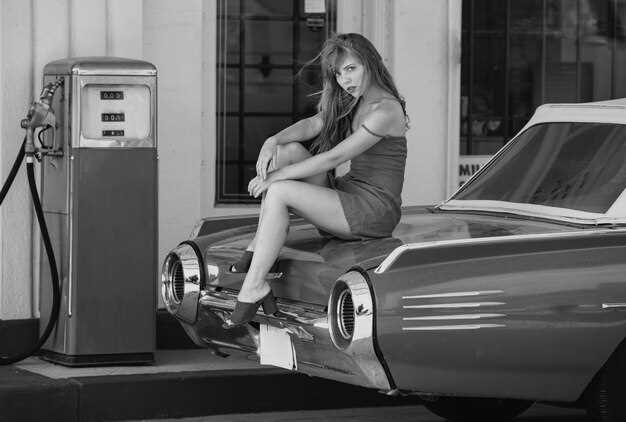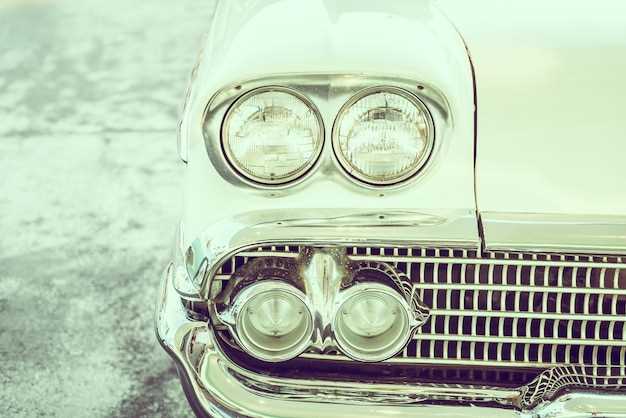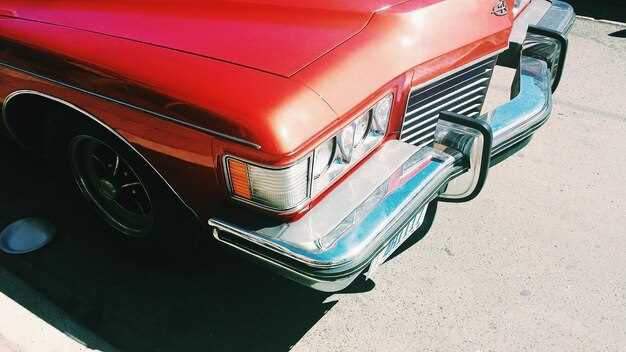
The legacy of muscle cars is a rich tapestry woven from the threads of American automotive history. These powerful vehicles emerged in the 1960s as symbols of freedom, speed, and rebellious spirit. They captured the hearts of enthusiasts and casual drivers alike, embodying a distinction that transcends mere transportation. The muscle car heritage is deeply rooted in American culture, reflecting an era where raw power and aggressive styling took precedence.
Among the most iconic names in this lineage is the Dodge Charger. Since its debut, the Charger has evolved, yet it continues to honor its heritage while adapting to modern expectations. Today’s Charger, with its sleek designs and advanced technology, pays homage to the classic models that defined a generation. The fusion of traditional muscle car attributes with contemporary performance innovations exemplifies the enduring appeal of the Charger.
As we explore the evolution from the classic muscle cars to the modern iterations, we see how the Charger not only preserves its heritage but also pushes boundaries. It stands as a testament to the passion and ingenuity of automotive engineers, ensuring that the spirit of muscle cars remains alive for future generations. The Charger thus represents not just a car, but a legacy that embodies the relentless pursuit of power, speed, and style.
Key Features That Define Classic Muscle Cars

Classic muscle cars are emblematic of automotive heritage, representing a distinct era in American engineering and design. These vehicles are characterized by several key features that set them apart from standard automobiles.
One of the defining attributes of muscle cars is their powerful V8 engines. Typically, these engines deliver high horsepower and torque, providing exhilarating acceleration and performance that cater to enthusiasts. The powertrain not only emphasizes speed but also the raw, aggressive driving experience that defines the muscle car ethos.
Another critical feature is the design aesthetic. Classic muscle cars boast bold and aggressive styling, often with prominent hoods, wide stances, and distinctive lines that make them instantly recognizable. This unique design language is a reflection of the strength and power these vehicles embody, capturing the spirit of the muscle car heritage.
The rear-wheel-drive layout is also a hallmark of muscle cars, enhancing handling dynamics and enabling more effective weight distribution during acceleration. This configuration allows for better control when navigating tight corners and delivers a more engaging driving experience.
Furthermore, the interior of classic muscle cars tends to favor simplicity and functionality over luxury. Bucket seats and minimalistic dashboards provide the driver with an immersive environment focused on performance rather than comfort, aligning with the utilitarian spirit of the muscle car culture.
Lastly, the sound of a classic muscle car is iconic. The deep rumble of the exhaust and the aggressive roar during acceleration contribute to the emotional connection between the driver and the vehicle. This auditory feedback reinforces the muscle car’s powerful persona and evokes a sense of nostalgia for aficionados.
The Evolution of the Dodge Charger Through the Decades

The Dodge Charger has a rich heritage, established over several decades, representing American muscle car culture. Its evolution reflects changing automotive trends, technology advancements, and shifting consumer preferences.
Here’s a breakdown of the Charger’s journey through the decades:
-
1960s: The Birth of a Legend
- The original Dodge Charger was introduced in 1966 as a fastback coupe.
- Equipped with a powerful V8 engine, the Charger quickly gained popularity.
- This era established the Charger as a symbol of performance and style.
-
1970s: Muscle Car Era
- The early ’70s saw the Charger evolve with a more aggressive design.
- With options for larger engines, the car became synonymous with high performance.
- Despite the muscle car craze, fuel crises and stricter emissions regulations impacted production.
-
1980s: A Shift in Identity
- Incorporating a more compact design, the ’80s Charger was a departure from its muscle car roots.
- The introduction of front-wheel-drive and four-cylinder engines marked significant changes.
- Although it lost some of its original appeal, this version appealed to a broader market.
-
1990s: Return to Roots
- The Charger was reintroduced in 1999 as a concept car, reviving interest in the brand.
- The concept emphasized performance, resembling the classic designs of the past.
- Fans eagerly anticipated its return to the market as a true muscle car.
-
2000s: Modern Muscle
- In 2006, the Charger was relaunched, embracing a more aggressive stance.
- Featuring modern technology and powerful engine options, it celebrated the muscle car heritage.
- This era solidified the Charger as a competitor in the modern muscle market.
-
2010s and Beyond: Legacy Continues
- The Charger has continued to evolve with advanced technology, including performance enhancements.
- With options for varying powertrains, including superchargers, it appeals to a diverse audience.
- The modern Charger maintains a balance of heritage and innovation, attracting both classic car enthusiasts and new fans.
The Dodge Charger’s evolution through the decades illustrates its ability to adapt while maintaining its core identity. It continues to embody the spirit of American performance cars, ensuring its legacy endures through generations.
Comparing Performance: Vintage Muscle vs. Modern Charger
The performance of vintage muscle cars was characterized by raw power, large displacement engines, and straightforward engineering. Iconic models from the 1960s and 1970s, such as the Dodge Charger R/T, boasted V8 engines that could produce impressive horsepower figures, often exceeding 400 hp. This era emphasized acceleration and quarter-mile times, making muscle cars a symbol of rebellion and freedom.
In contrast, the modern Dodge Charger incorporates advanced engineering and technology, enhancing both performance and driving experience. Equipped with a range of engine options, from a potent V6 to the formidable 6.2-liter HEMI V8, the contemporary Charger delivers superior horsepower, often surpassing 700 hp in the high-performance variants. This evolution emphasizes not only power but also enhanced handling dynamics and braking performance, benefiting from modern materials and design.
The acceleration of vintage muscle cars, while remarkable for their time, often came with challenges such as limited traction and less refined suspension systems. Modern Chargers, however, utilize cutting-edge traction control and adaptive suspension technologies, providing a smoother ride and improved stability at high speeds, making them more versatile for daily driving.
The heritage of muscle cars is celebrated in modern interpretations like the Charger. While vintage models remain iconic for their simplicity and unapologetic power, the modern Charger pays homage by blending performance with contemporary features. This comparison highlights how far automotive technology has come while still honoring the spirit of muscle car culture.




